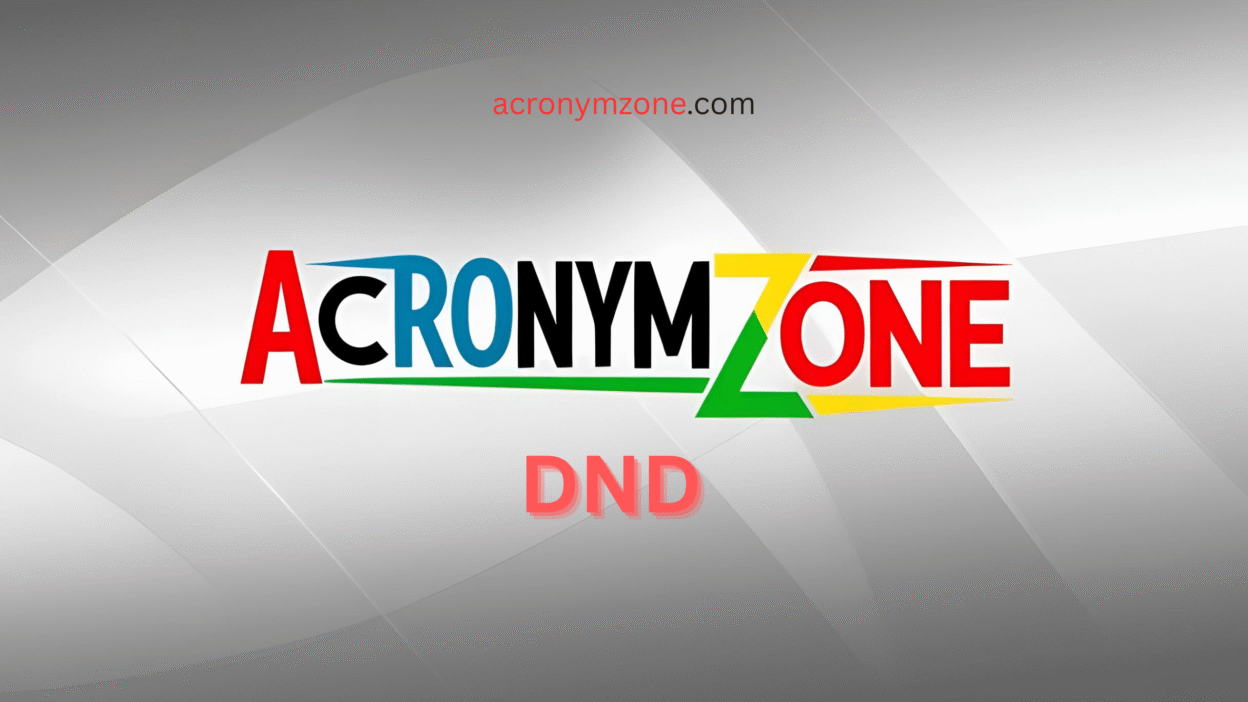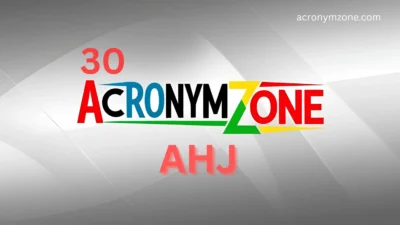DND, short for Do Not Disturb, is everywhere—from smartphones and Slack statuses to hotel doors and workplace boundaries.
It’s a compact way to say: “I’m unavailable right now.” But while DND is clear and widely recognized, it’s also a bit blunt—and sometimes you need a little more nuance.
In this article, we’ll explore what DND really means, how it can come across emotionally, and offer you 30 crisp alternatives—each tailored to specific settings, tones, and platforms.
Whether you’re setting boundaries, pausing notifications, or just need some quiet time, these alternatives will help you communicate your status clearly, professionally, or even playfully.
What Does DND Mean?
DND (Do Not Disturb) is a status indicator used to signal that you’re unavailable, not accepting calls or messages, or simply don’t want to be interrupted. You’ll find it in:
- Phone settings
- Messaging platforms (like Slack or Teams)
- Physical signs (like hotel door tags)
- Workplace calendars or schedules
Core Traits:
- Clear and assertive
- Neutral to slightly cold
- Ideal for short-term unavailability
- Widely understood across digital platforms
However, depending on the context, DND may come off as impersonal or even abrupt, especially in social or emotional situations. That’s where alternatives can help.
30 Alternatives to the DND Acronym (and When to Use Them)
These alternatives help you express unavailability while fine-tuning your tone—from casual to formal, playful to professional.
🧘 General or Personal Use
1. AFK – Away From Keyboard
Use for: Casual online or gaming chats.
Example: Back in 20, AFK.
2. BRB – Be Right Back
Use for: Friendly, short breaks.
Example: Getting lunch, BRB.
3. OOO – Out of Office
Use for: Formal work absences.
Example: OOO until Monday. Please contact Sam.
4. NRN – No Reply Needed
Use for: Ending a message without inviting follow-up.
Example: Meeting moved to 3 PM – NRN.
5. Busy
Use for: Simple, soft, and clear.
Example: Status: Busy. Will respond later.
6. Unavailable
Use for: More professional than “Busy.”
Example: I’m unavailable until 2 PM.
7. Offline
Use for: When you’ve disconnected fully.
Example: Offline for the weekend.
8. In a Meeting
Use for: Workplace interruptions.
Example: Can’t talk right now—In a meeting.
9. On a Call
Use for: Quick Slack or Teams status.
Example: Ping later—on a call.
10. Heads Down
Use for: Focus work periods.
Example: Heads down on a deadline—please DM after 4.
💬 Chat Statuses & Messaging Apps
11. Mute Mode
Use for: Soft tech lingo.
Example: I’m in mute mode for now—will check back later.
12. Quiet Time
Use for: Gentle tone for peace or rest.
Example: It’s my quiet time—please text later.
13. Stepping Away
Use for: More polite than DND.
Example: Stepping away from desk. Be back shortly.
14. Focused Work
Use for: Proactive boundary-setting.
Example: Focused work session until noon.
15. On Break
Use for: Short or scheduled rest time.
Example: On break for lunch—back at 1.
🏢 Professional or Formal Use
16. In Session
Use for: Teachers, therapists, or consultants.
Example: In session. Please leave a message.
17. Do Not Disturb (Spelled Out)
Use for: Formal or signage contexts.
Example: Please respect office hours – Do Not Disturb.
18. Away
Use for: Generic auto-status.
Example: Away from email until Monday.
19. On Deadline
Use for: Respectful time boundary in creative fields.
Example: Please hold non-urgent requests—I’m on deadline.
20. On Focus Mode
Use for: Productivity apps or Slack status.
Example: I’m on focus mode till 3 PM.
🧠 Mindful / Wellness-Oriented
21. Digital Detox
Use for: Conscious break from screens.
Example: On a weekend digital detox. Back Monday.
22. In the Zone
Use for: Friendly productivity status.
Example: In the zone—catch you later!
23. Recharging
Use for: Emphasizes self-care.
Example: Recharging for the next few hours.
24. Silent Mode
Use for: Tech-aligned and calm tone.
Example: On silent mode for focus time.
25. Boundaries On
Use for: Self-aware status message.
Example: Boundaries on—please text after 5.
🛏️ Rest, Privacy, or Home Settings
26. Sleeping
Use for: Obvious and friendly.
Example: Phone off—sleeping.
27. Napping
Use for: Quick offline status.
Example: Napping—back soon!
28. Meditating
Use for: Respectful quiet-time indicator.
Example: Meditating—will reply later.
29. Me Time
Use for: Gentle and personal.
Example: Taking some me time—talk soon!
30. Private Time
Use for: General or respectful in any setting.
Example: In private time—please check in later.
How to Choose the Right Alternative to DND
| Situation | Best Alternatives | Why It Works |
| Work or meetings | In a Meeting, OOO, On Deadline | Professional, expected boundaries |
| Focus mode | Heads Down, Focused Work, Silent Mode | Clear, respectful of productivity |
| Personal recharge | Me Time, Recharging, Digital Detox | Shows self-care and balance |
| Messaging platforms | BRB, AFK, On Break | Familiar and user-friendly tone |
| Public signage or notices | Do Not Disturb (spelled), Private Time | Clear to a broad audience |
Cultural & Emotional Considerations
- In corporate settings, terms like In a Meeting or Focus Mode are more accepted than the blunt DND.
- In social or emotional settings, softer phrases like Recharging, Quiet Time, or Boundaries On can reduce friction.
- For public-facing situations, the full spelling “Do Not Disturb” still works best for clarity.
Final Thoughts: You’re Not Being Rude—You’re Being Clear
Setting boundaries is a form of respect—for yourself and others. Whether you’re grinding through a deadline or unplugging for self-care, the right alternative to DND can express your unavailability and your tone.
From casual to professional, playful to mindful, there’s a phrase that fits every “please, not right now” moment.




